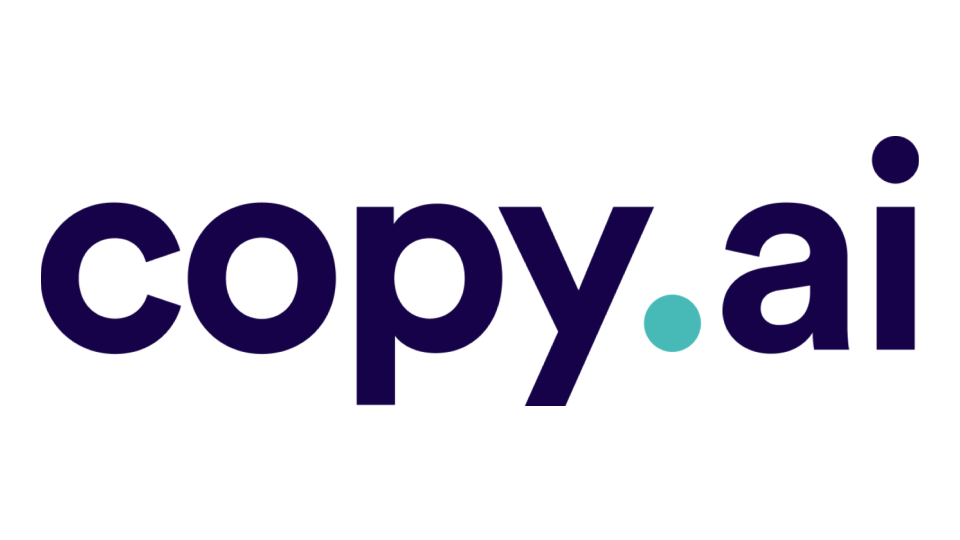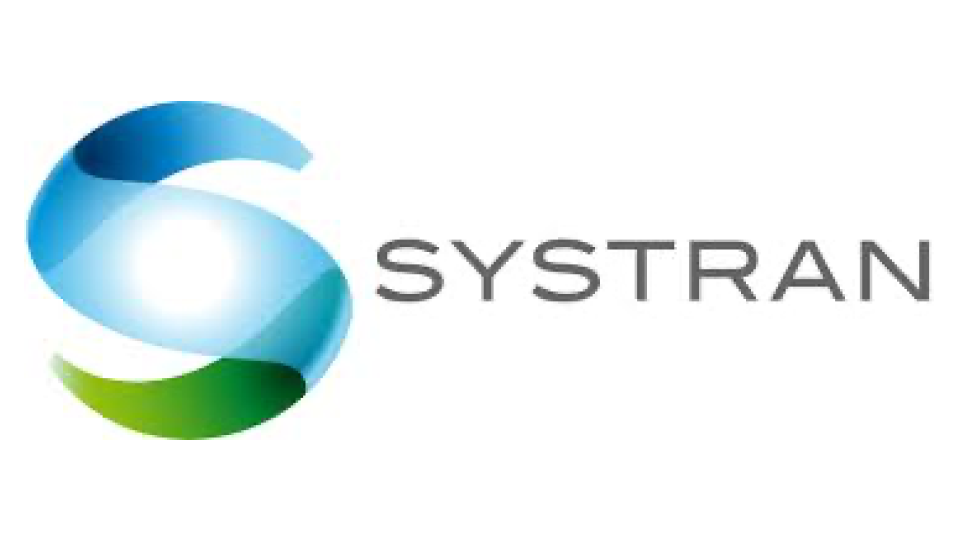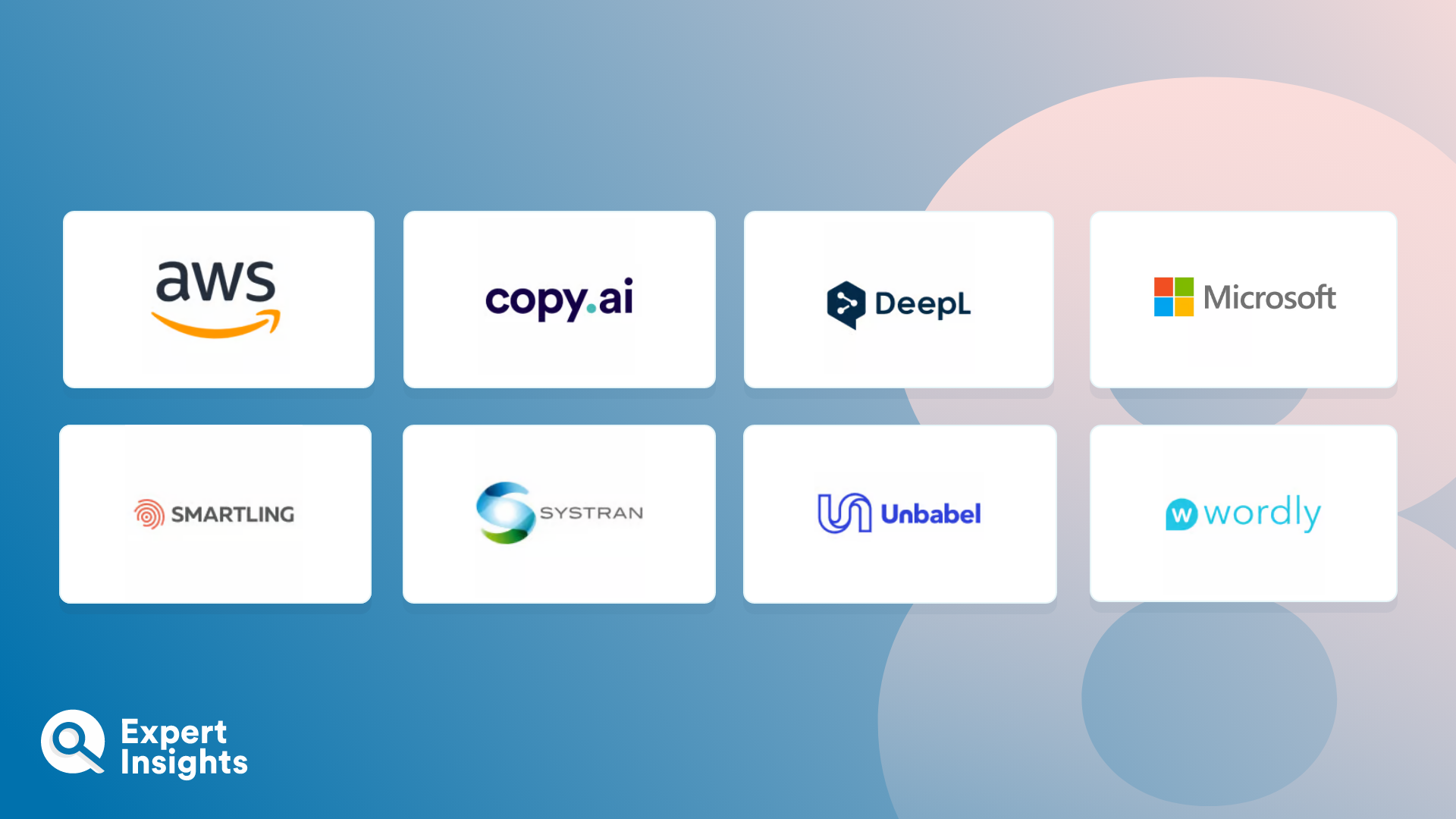Everything You Need To Know About AI Translation Software (FAQs)
What Is AI Translation Software?
AI Translation software is able to translate messages and speech in real time, allowing you to communicate with more of the world. The software solutions work across multiple file formats, allowing you to translate documents like PowerPoints, PDFs, and spreadsheets with a high degree of accuracy.
Translation software has been available for several years. The introduction of AI, however, has resulted in a marked improvement in precision. Today’s AI translation tools are highly accurate, ensuring that you understand what was meant in the native language. This is achieved through natural language understanding which uses contextual indicators to verify and reenforce the translation.
How Does AI Translation Software work?
AI Translation software use a process called Neural Machine Translation (NMT) which goes well beyond the traditional method of checking databases. NMTs are built around Artificial Neural Networks which are able to predict the likelihood of sequential words. Rather than translating a sentence word for word, NMTs calculate the probability of a specific word being followed by another, in conjunction with database translations. This understanding of language results in more accurate and meaningful translations.
One of the benefits of this method is that colloquialisms, idioms, and expressions can be identified and translated, whilst preserving their meaning. For example, you might be told to “break a leg” before giving an important pitch or presentation. Speakers familiar with English will know that this is a form of encouragement. If translated directly into another language, the meaning might be more sinister. An AI Translation tool is able to understand what is being meant by this and find a suitable alternative. There is, for example, an Italian phrase which is used in the same way; ‘In bocca al lupo’ literally translates to ‘in the mouth of the wolf’.
Traditional translation software is less able to account for these nuances and the linguistic traits that make something, and someone, sound authentic.
What Are The Benefits Of AI Translation Software?
For companies already using translation services, the benefits of AI Translation software are apparent. There are even benefits for companies that don’t currently use translation software, such as the confidence to expand into new markets. In this section, we’ll explore some of the key benefits of implementing AI Translation software within your workflow.
- Efficiency – AI Translation tools work seamlessly, allowing you to connect with and understand users from across the world. With effective integrations and plugins, you don’t need to copy and paste text to translate it as it will be done automatically. In many cases you may not even realizes that the text has been translated at all.
- Increase Customers – Being able to communicate effectively with customers, regardless of what language they speak, allows you to branch out into territories and markets that may have been inaccessible before.
- Improved Accuracy – AI Translation tools are tremendously powerful. This allows them to translate text and speech between multiple languages with a high degree of accuracy. You do not need to worry about mistranslations as the natural language understanding capabilities use context to ensure your meaning is maintained.
What features should you look for in AI Translation Software?
When selecting an AI Translation Software for your organization, it is important that you consider your unique needs and how the solution will be used within your organization. For example, do you need to translate text or speech? If speech, does it need to be in real-time, or can you work from transcripts? If text, what format and file types will you work with?
By considering these questions and use-cases, you will be in a better position to find a solution that fits within, and enhances, your workflow.
Beyond the ‘specificity’ question, there are several features that you should look for in an AI Translation software. While the following list is not exhaustive, it highlights some of the key areas to be aware of when selecting a solution.
- Data Security – Your platform should have data security at its heart. As you may well be sharing sensitive and confidential documents with your translation service, data security must be upheld at all times to prevent breaches.
- Offline Mode – This feature is used on mobile devices (desktop devices tend to have a more stable internet connection) and allows you to download language onto your device, meaning you can translate text without an internet connection.
- Integration – Some platforms are able to seamlessly integrate within your search browser or communications channels. This enhances efficiency, ensuring that you do not need copy text backwards and forwards to understand it.
- High Degree Of Accuracy – While this isn’t’ exactly a feature, it is an important thing to consider. The reason for using an AI translation tool is to make your life easier. If translations are inaccurate or require lots of double checking, it could make your process harder. Finding a reliable and consistent translation tool that you can trust is imperative.
- Translation Memory – To help improve speed of translation, your platform should have some memory capacity to save common phrases.














